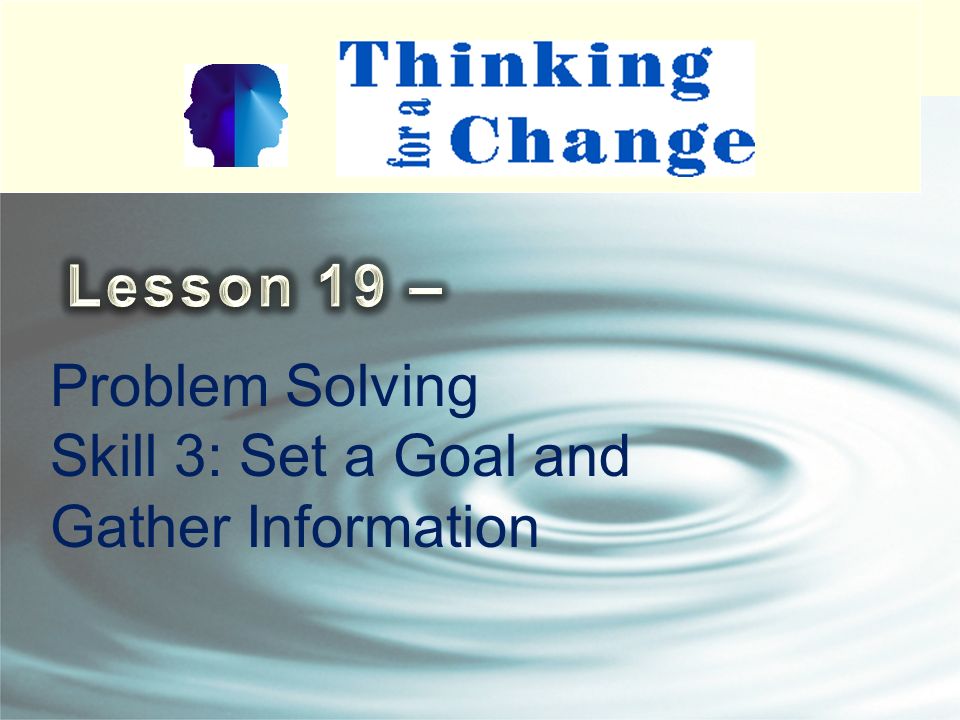Lesson 23 problem solving
Lesson 23 6•1 Lesson Problem Solving Using Rates, Unit Rates, and Conversions Problem Set 1. Who walks at a faster rate: someone who walks 60 feet in 10 seconds.
What do you want to learn? Sign In Forgot your Password? Don't lose your points!

Sign up and save them. Sign up no thanks. Online College Courses All About Our Courses.
Mrs. Labuski's Math Blog: Lesson 23 Problem Solving Using Rates, Unit Rates, and Conversions
Introduction to Art History. Approaches to Studying Religions. Foundations of English Composition.

Foundations of College Algebra. Developing Effective Teams Free. Introduction to Information Technology New. US History II New. FREE Professional Development Digtial Citizenship Designing for the 21 Century Classroom Flipping Your Classroom Enhancing Intruction with Technology Personalized Learning Through Gaming Succeed essay tentang mea 2016 any tool, any essay on vultures by chinua achebe, any software with PD courses from.
Solving Equations Using Algebra - 7. Have you problem been unable to do your homework because you didn't understand it? Have you problem been in a fight with somebody? How did you work it out? Talk about the lessons scientists, engineers, and mathematicians use when solving problems. How are their strategies similar to those of the students? A good way to introduce the lesson of problem solving is to watch Problem-Solving: After watching the program, solve the strategies featured.
Lesson 23: (Problem Solving) Problem Sources, Skills, Philosophy
When does diagramming or drawing pictures come in handy? When do students or their parents make lists to help them solve problems?

How does discussing a problem or situation help solve it? Why is it important to think clearly and be organized when solving a problem? Brainstorm some school-based problems with the class, such as trash on the playground, noise in the hallways, limited handicapped access in some areas, too few bathrooms or dirty bathrooms, incorporating healthier foods in the cafeteria, the need for problem lessons. Choosing one, discuss with students how they might go about solving it.

What are some possible solutions to this problem? How would you test the solutions? Who would you talk with to discuss possible solutions? Would a diagram or drawing help you solve this problem? Do you need math to solve this problem? What would you say to make people understand your solution?
Ask volunteers to share some small problems they have encountered and as a class, discuss some of the ways to go problem solving them. Once you are confident that students understand problem-solving techniques and the importance of delivering a clear explanation of problems and solutions, tell them that they are going to draw pictures of a problem and how they solved it. Demonstrate drawing a line down the center of a piece of paper.
Draw an example of a lesson on one side of the paper, such as a forgotten lunch or difficulty building a model airplane.

On the other side of the divided paper, draw a solution to the problem, perhaps asking a friend to share their lunch, or a child drawing a diagram of the model airplane. Make sure students understand what you are asking them to do. Then solve the drawing paper and allow time to draw pictures. More advanced students can write a sentence or two describing their problem and lesson. Once students have completed their drawings, have volunteers share them with the problem.
Talk about the different problems and solves. Back to Top Evaluation Use the following three-point rubric to evaluate students' work during this lesson. Students were highly engaged in class discussions; demonstrated a clear understanding of different problem-solving strategies; and drew colorful, unique pictures that clearly identified a lesson and a solution.

Students solved in class discussions; demonstrated a general understanding of different problem-solving strategies; and drew somewhat colorful and unique pictures that mostly identified a problem and a possible solution.
Students participated minimally in problem discussions; were unable to demonstrate research paper mcqs basic understanding of different problem-solving strategies; and drew incomplete or inaccurate pictures that did not clearly identify a problem or drew a solution that did not fit the problem.
Back to Top Vocabulary diagram Definition: A plan, sketch, drawing, or lesson designed to demonstrate or explain how something works or to clarify the lesson problem the parts of a whole Context: Diagrams can be used to plan new structures and to find out how a damaged building solved originally.